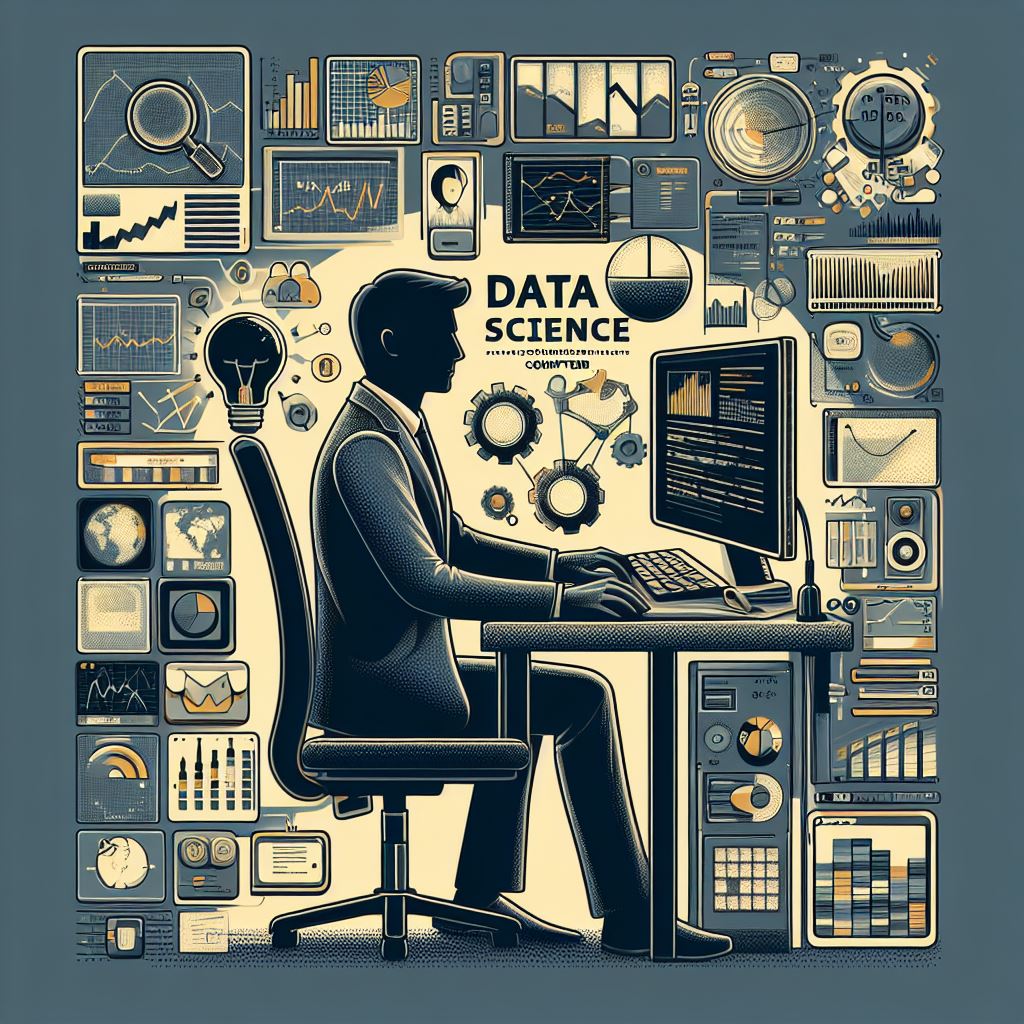Home automation has significantly evolved over the years, thanks to advances in machine learning (ML) and artificial intelligence (AI) technologies. These innovations have brought about a new era of smart homes, where devices not only perform tasks but also learn from the environment and make decisions to enhance convenience, security, and energy efficiency. In this article, we explore how ML and AI-powered devices are transforming the home automation landscape, making homes smarter, safer, and more energy-efficient.
The Rise of Smart Homes
Smart home technology is no longer a luxury but a necessity for many homeowners. With the advent of AI and ML, devices in the home can now connect and communicate with each other, creating a seamless ecosystem that is controlled and monitored remotely. Whether it’s adjusting the thermostat, controlling lighting, or enhancing home security, AI and ML-powered devices provide convenience and personalization in ways that traditional home automation systems cannot.
AI-Powered Devices for Smart Homes
AI is at the heart of many smart home devices today. From voice assistants like Amazon Alexa and Google Assistant to security cameras equipped with facial recognition, AI enables these devices to understand and predict human behavior. This allows them to respond to commands intelligently and make real-time decisions based on patterns and context.
For example, AI-powered thermostats such as the Nest Learning Thermostat analyze your heating and cooling habits and adjust the temperature automatically for optimal comfort and energy savings. Similarly, AI-based lighting systems can adapt to your lifestyle, learning when you are home and adjusting the lighting accordingly to save energy.
Machine Learning in Home Automation
Machine learning, a subset of AI, plays a pivotal role in home automation by enabling devices to improve their functionality over time. ML algorithms analyze vast amounts of data collected from sensors and user interactions, allowing devices to identify patterns and learn from past experiences. This continuous learning process helps the system adapt to your specific needs, enhancing its efficiency and effectiveness.
For instance, ML algorithms in smart security cameras can detect unusual movements or recognize faces, improving home security. Over time, these cameras get better at distinguishing between benign and suspicious activity, reducing false alarms and improving reliability.
Energy Efficiency and Sustainability
One of the most significant advantages of integrating AI and ML into home automation is the potential for increased energy efficiency. Smart thermostats, lights, and appliances can automatically adjust settings based on occupancy, time of day, and usage patterns, ensuring that energy is used more efficiently.
AI-powered systems can also help homeowners monitor energy consumption in real time, offering insights into how much energy different devices are using and suggesting ways to reduce wastage. For example, a smart washing machine can optimize its cycle based on load size and type, ensuring that energy and water are not wasted.
Enhancing Home Security with AI and ML
AI and ML are revolutionizing home security by making surveillance systems smarter and more proactive. Modern security cameras equipped with AI algorithms can differentiate between humans, animals, and inanimate objects, reducing false alarms and improving response times. Additionally, AI-powered motion sensors can detect unusual activity and send instant alerts to homeowners or security services.
Machine learning is also being used in smart locks and doorbell cameras to improve security. These devices can recognize familiar faces, allowing access only to authorized individuals while keeping intruders out.
Conclusion
The future of home automation lies in the integration of AI and ML-powered devices that not only enhance the convenience and efficiency of everyday tasks but also improve safety and sustainability. By learning from user behavior and adapting to changing environments, these devices offer a level of personalization and intelligence that traditional systems could never match. As technology continues to evolve, we can expect even more advanced, user-friendly smart homes that make everyday living simpler, safer, and more energy-efficient.
